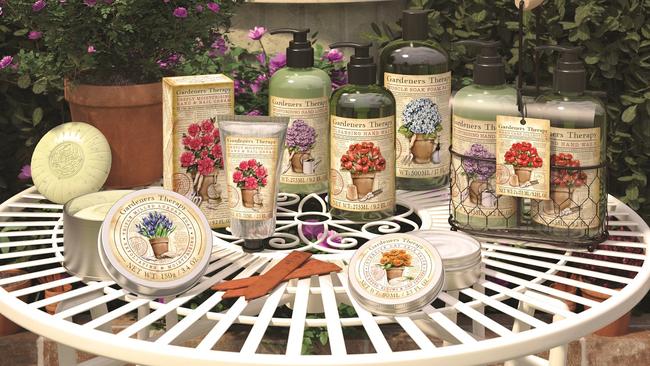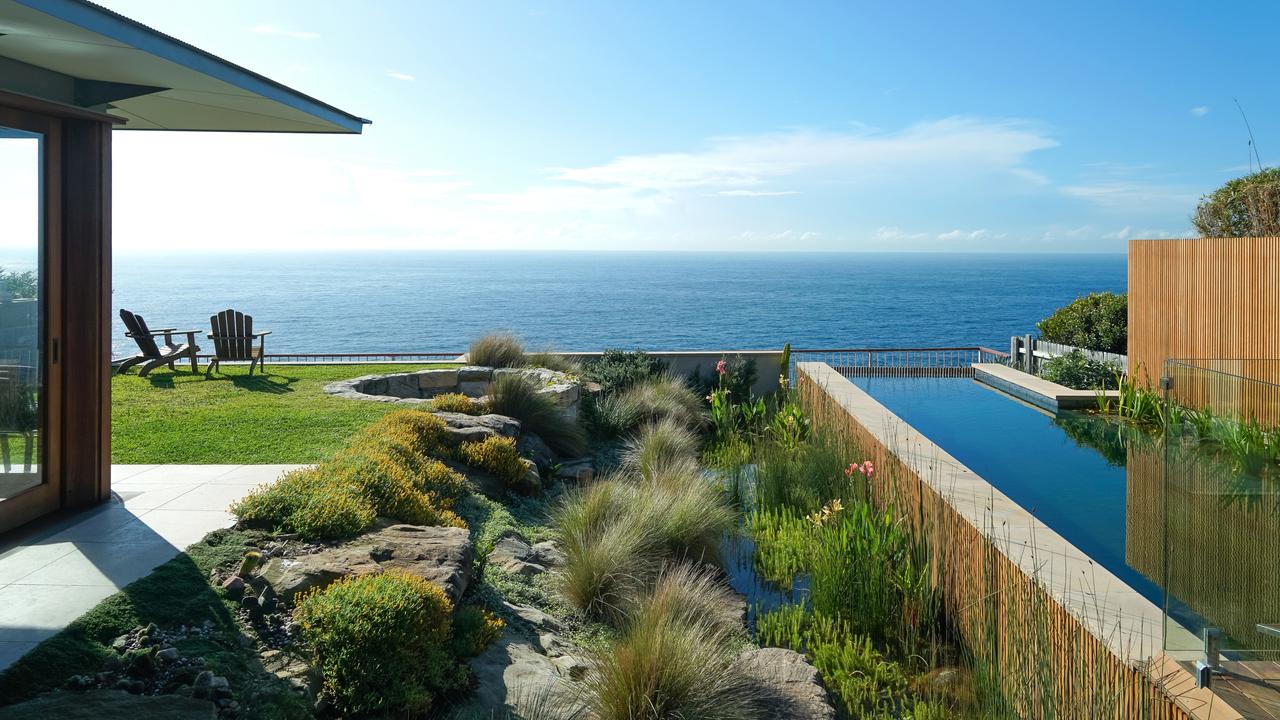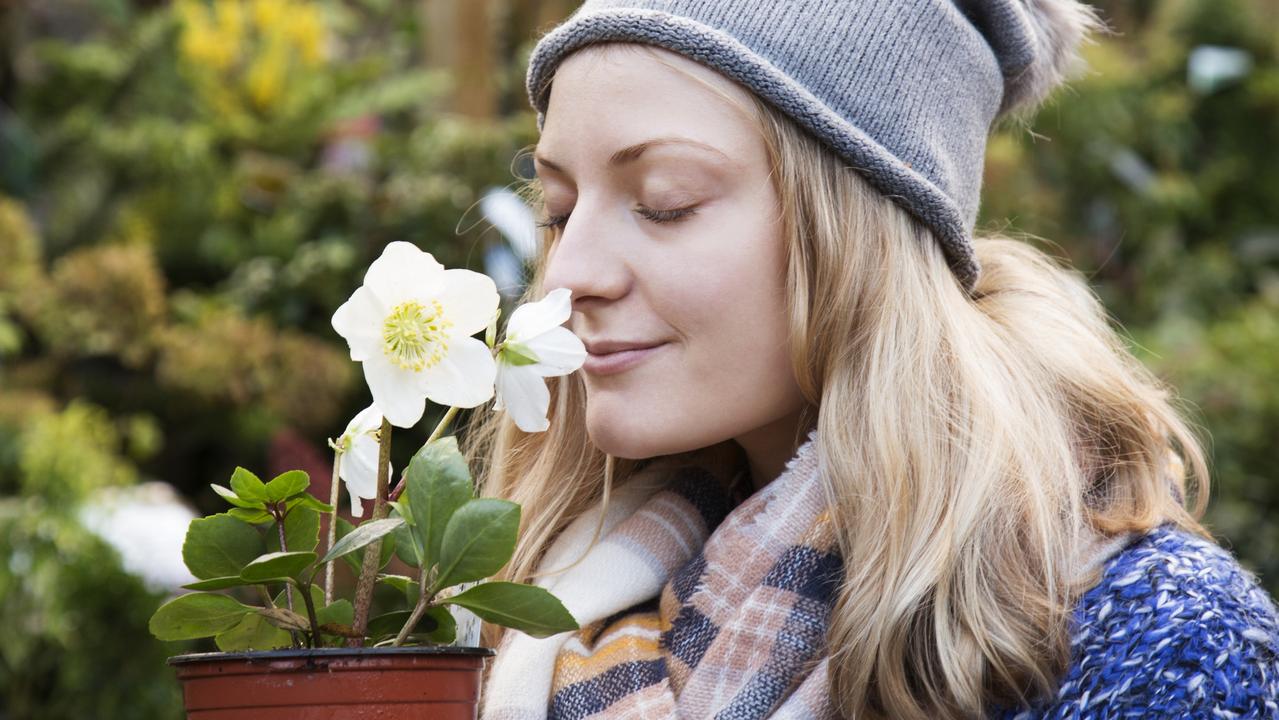Garden tips: spice it up with a Szechuan pepper
Szechuan pepper trees grow from Tasmania to the subtropics. You can use the leaves in soups and salads.

Can I buy a Szechuan pepper tree (Zanthoxylum piperitum) anywhere? Would it grow in coastal southern NSW? Could I sow a peppercorn?
JENNY WOODWARD, BY EMAIL
Diggers Club sells this deciduous shrub by mail order (diggers.com.au) and says it grows from Tasmania to the subtropics. You can use the leaves in soups and salads, while the pepper we buy is the husk of the fruit; the bitter seeds are not used. Male and female plants are required to produce seeds. If you have seeds, give them three months in the fridge before sowing in spring.
What is the best mulch to use? I’m told eucalyptus chips can make soil water repellent.
SARAH FAIRLEY, BY EMAIL
For vegetable beds, annuals, fruit trees and roses use a soft mulch such as sugarcane mulch, lucerne or pea straw. These break down quickly, improving the soil. For low-maintenance garden beds, a woody mulch is long lasting. Choose one you like the look of and make sure it has been composted to avoid possible nitrogen drawdown. Fine mulches prevent rain infiltrating so choose one with larger pieces. Apply no thicker than 50mm. Eucalyptus mulch is naturally non-absorbent, a bonus in a mulch. It’s good for native gardens as it promotes beneficial soil microorganisms. Any organic matter breaking down can coat soils with waxlike substances, making them water repellent.
My garden is full of very tall gladioli but they are all orange. Is there a way to feed them and change the colour?
HELEN SCHULZ, EAST MAITLAND, NSW
Although gladiolus hybrids come in many colours, over time in a garden it’s common for one colour to dominate because the strongest colours survive and multiply faster. Flower colours normally can’t be changed, but a few plants such as hydrangeas change colour with the soil pH. You could experiment by adding lime or dolomite to increase pH or hydrangea blueing tonic to decrease it, and I’d love to hear the results.
Are the profuse orange and fluorescent blue beetles on my native hibiscus trees harmful?
CHRIS HOGAN, BRISBANE
Cotton or hibiscus harlequin bugs are native bugs that suck sap from young shoots and flower buds. Damage is usually minor, so just enjoy their beauty.
Send your questions to: helenyoungtwig@gmail. com or Helen Young, PO Box 3098, Willoughby North, NSW 2068. helenyoung.com.au.
The best question for July wins a hamper of Gardeners Therapy Hand and Body Care products worth $130 from homewares distributor Supertex (supertex.com.au).
June’s winner is Suzanne Smith of Williamstown for her question about rhubarb.
FLORA
Rose scale looks like dessicated coconut or white spots on the stems of your roses, clustered mostly in shadier, protected parts and underneath plant ties. Scale insects suck sap, weakening plants. Treat rose scale immediately after winter pruning, when just the framework of stems remains. I’ve had most success by scrubbing off the worst with a toothbrush before spraying. An old toothbrush is remarkably efficient and allows access to difficult spots. If you have arthritic hands, try an electric toothbrush. They are easier to grip and help do the work for you. Follow with a thorough spray of PestOil, EcoOil or Yates Lime Sulfur. Although stinky for a day or so, lime sulphur also helps clean up fungal spores on the soil, minimising problems next season.



